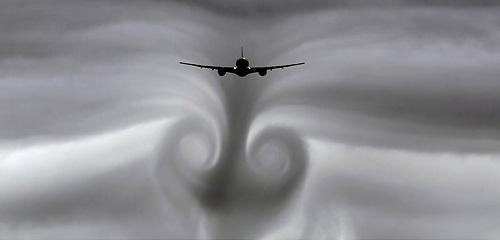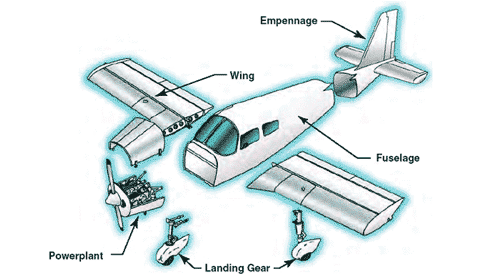Turbulence: the basic & the dangers

Boeing 777 wake turbulence and vortex effect The Basic Surprising as it is to most people, an airplane moves through air that is itself moving. Moving air flows in ways that are quite similar to moving water, only we cannot see the air currents. Air currents vary, and flying rapidly from one current to another is what leads to the feeling of turbulence. Some people call this “hitting an air pocket,” but this description is a misnomer. The jolt comes not from falling into a “hole” in the air but from crossing a barrier between different currents.



